Archives
- 2025-12
- 2025-11
- 2025-10
- 2025-09
- 2025-03
- 2025-02
- 2025-01
- 2024-12
- 2024-11
- 2024-10
- 2024-09
- 2024-08
- 2024-07
- 2024-06
- 2024-05
- 2024-04
- 2024-03
- 2024-02
- 2024-01
- 2023-12
- 2023-11
- 2023-10
- 2023-09
- 2023-08
- 2023-06
- 2023-05
- 2023-04
- 2023-03
- 2023-02
- 2023-01
- 2022-12
- 2022-11
- 2022-10
- 2022-09
- 2022-08
- 2022-07
- 2022-06
- 2022-05
- 2022-04
- 2022-03
- 2022-02
- 2022-01
- 2021-12
- 2021-11
- 2021-10
- 2021-09
- 2021-08
- 2021-07
- 2021-06
- 2021-05
- 2021-04
- 2021-03
- 2021-02
- 2021-01
- 2020-12
- 2020-11
- 2020-10
- 2020-09
- 2020-08
- 2020-07
- 2020-06
- 2020-05
- 2020-04
- 2020-03
- 2020-02
- 2020-01
- 2019-12
- 2019-11
- 2019-10
- 2019-09
- 2019-08
- 2019-07
- 2019-06
- 2018-07
-
The first result of this paper is
2024-09-29
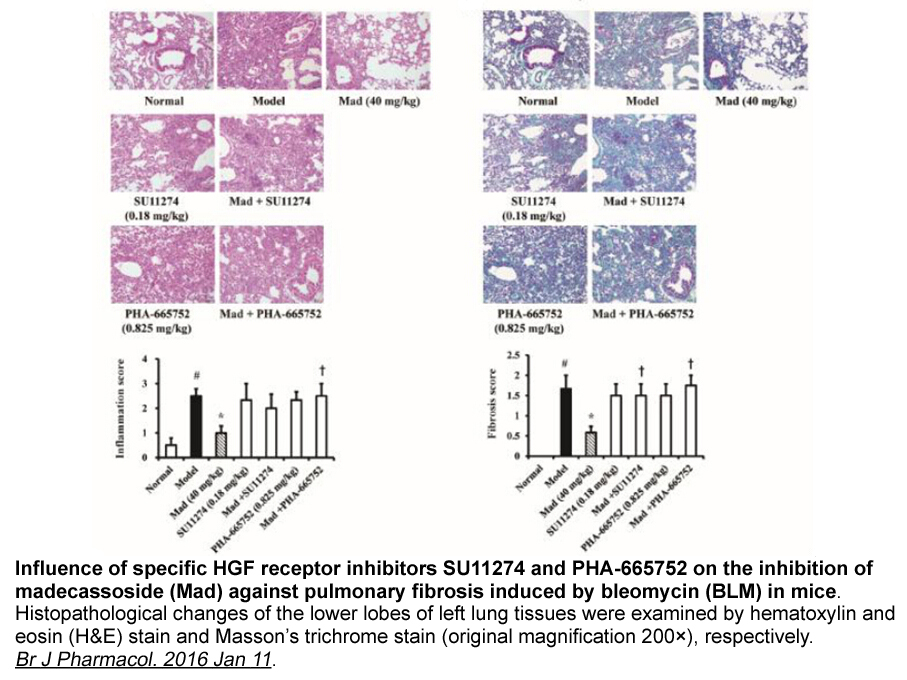
The first result of this paper is parallel to the positivity result given in [16]: Here the definition of approximate ACHE metric is the same as in [18]. See Definition 1 for details. The second result of this paper is parallel to the label rna buy extension formulae given in [2]. In particular,
-
Very recently Niessen et al have described the resensitizing
2024-09-29
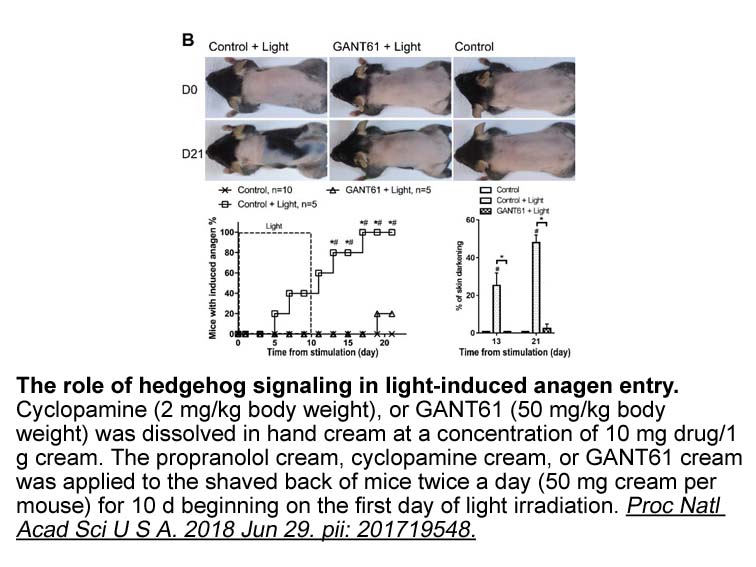
Very recently, Niessen et al. have described the resensitizing effect of MB327 on nAChR performing solid-supported membrane (SSM)-based electrophysiological experiments (Niessen et al., 2016) using plasma membrane preparations obtained from Torpedo californica. These findings validated and underline
-
Another significant group of reductase inhibitors is the ste
2024-09-29

Another significant group of 5α-reductase inhibitors is the steroidal 3-carboxylic coelenterazine derivatives (relevant examples in Fig. 5), which were designed to mimic the putative enzyme-bound enolate intermediate. This was achieved by introducing sp2-hybridized centers at C3 and C4 and an anioni
-
Aurora A and B are required for the control
2024-09-28
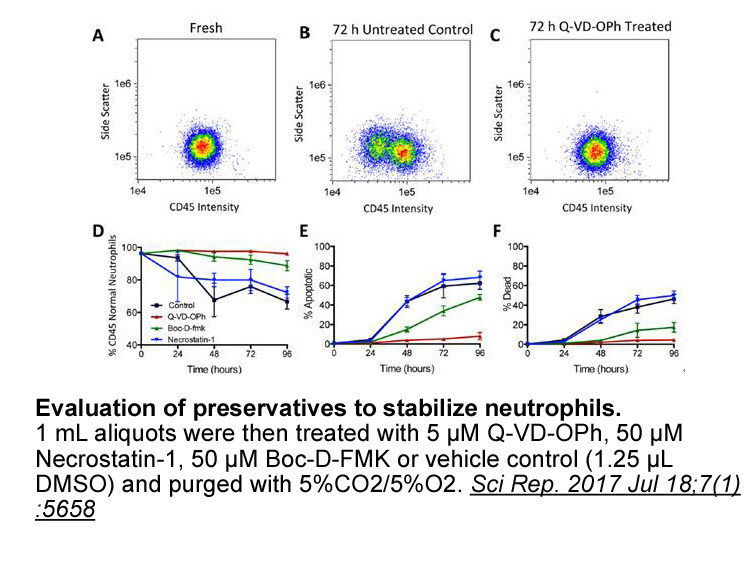
Aurora A and B are required for the control of mitosis whereas Aurora C is mainly invoved in meiosis (Goldenson and Crispino, 2015). Interestingly, Aurora B is partnered with inner centromere protein (INCENP), survivin and Borealin to form a chromosomal passenger complex (CPC) that is critical for t
-
br Structure of V ATPase V
2024-09-28
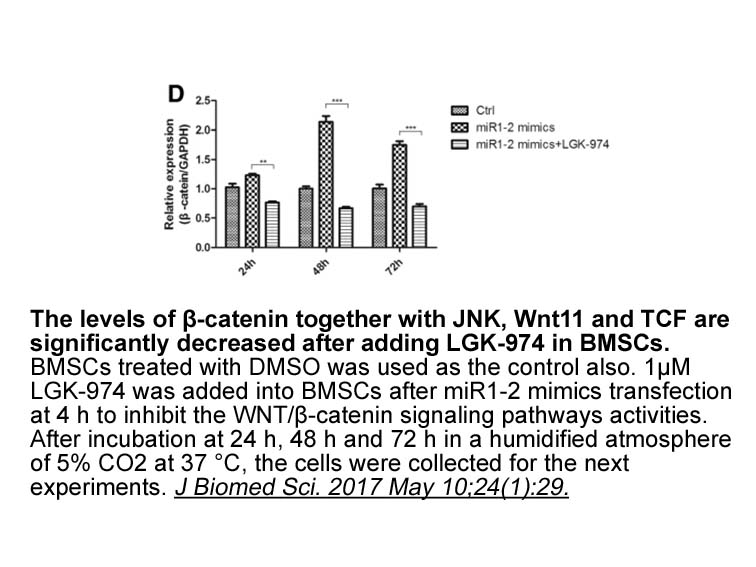
Structure of V-ATPase V-ATPase is a highly conserved multi-subunit enzyme that uses energy from ATP hydrolysis to transport protons across membranes [2], [3], [4]. It consists of two major functional domains, V1 and V0 (Fig. 1). The former has eight different subunits (A, B, C, D, E, F, G, and H)
-
Our data indicate that the D domain only needs
2024-09-28

Our data indicate that the D1 domain only needs to hydrolyze ATP a few times, or perhaps even just once, during the processing of a given substrate molecule, whereas the D2 domain hydrolyzes ATP many times. Consistent with this model, only D2 contains the canonical aromatic pore loop residues implic
-
Based on the results of studies done to date
2024-09-28
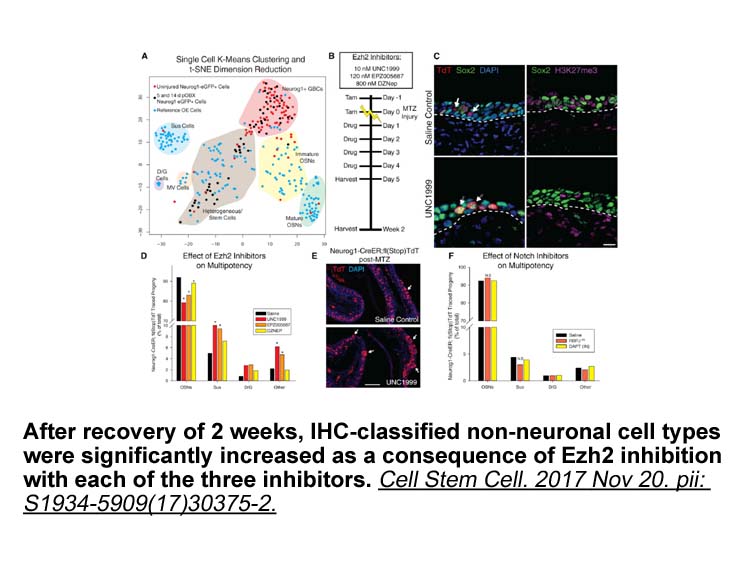
Based on the results of studies done to-date, there are three characteristics that make a letrozole-based protocol attractive for use in cattle: 1) it is steroid-free, 2) it is cost-effective and requires a shorter time and fewer animal handlings than conventional methods (Table 1), and 3) it may ha
-
Hydrogen sulfide H S a colorless and
2024-09-28
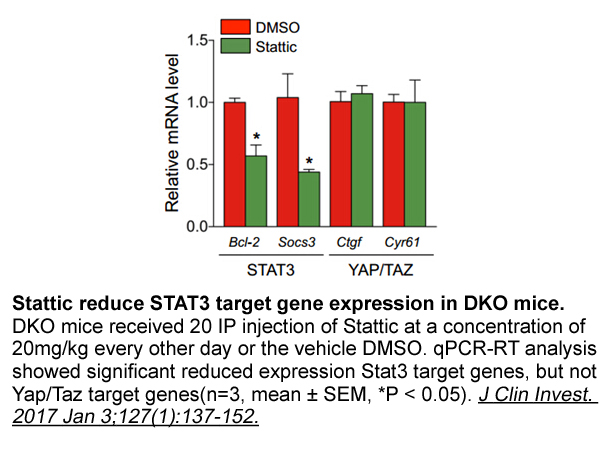
Hydrogen sulfide (H2S) [33], a colorless and water-soluble gas with the smell of rotten eggs, is now recognized as an important gasotransmitter, after the extensive study of nitric oxide (NO) and carbon monoxide (CO). H2S is produced endogenously via enzymatic reactions of cysteine, homocysteine and
-
The alamarBlue test revealed that
2024-09-28
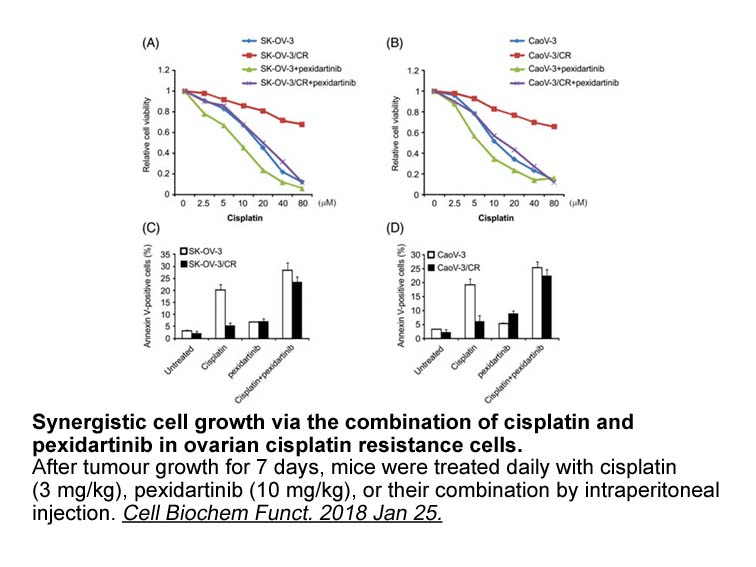
The alamarBlue test revealed that recombinant apelin led to an increase in basal and IGF1- and FHS-induced ovarian cell proliferation. Apelin increased ERK1/2 and Akt protein expression, but cell proliferation returned to control levels in the presence of kinase inhibitors. This suggests that the pr
-
The AT hook motif is highly
2024-09-28
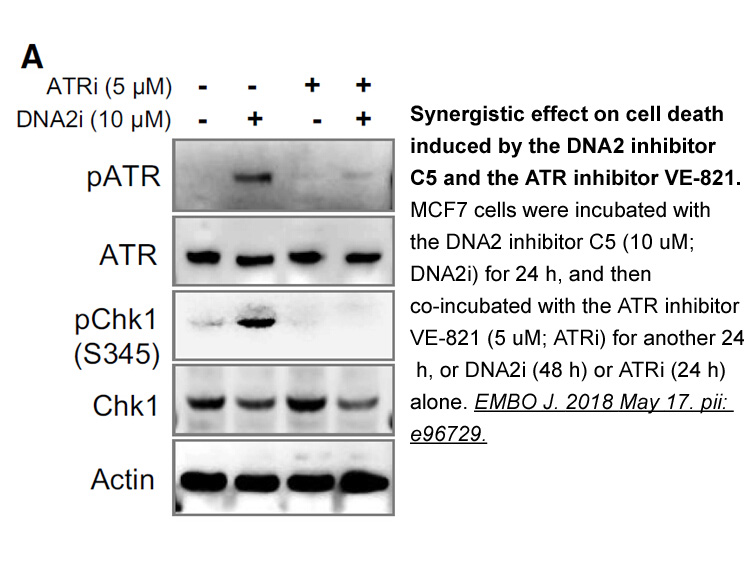
The AT-hook motif is highly conserved in evolution from bacteria to humans and is found in one or more copies in a large number of other, non-HMGA, proteins, many of which are transcription factors or are involved in chromatin remodeling [8]. For example, AT-hook peptide motifs are essential compone
-
(-)-JQ1 mg br Results br Discussion Cardiac dysfunction
2024-09-28
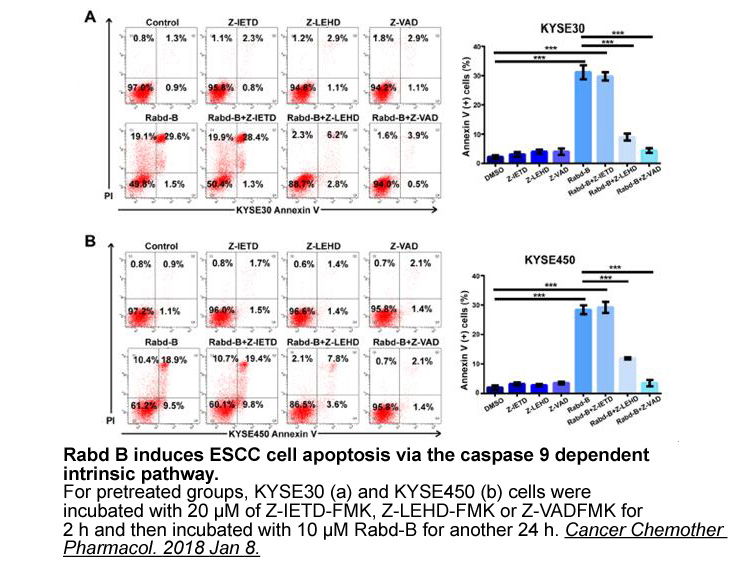
Results Discussion Cardiac dysfunction, common complication of severe sepsis, is one cause of death in intensive care units. Accumulated evidence revealed the regulatory effect of autophagy on sepsis-induced cardiac dysfunction [15], [22], although the mechanisms in young and aging are not elu
-
PGC mediated mitochondrial biogenesis in brown fat and endot
2024-09-28
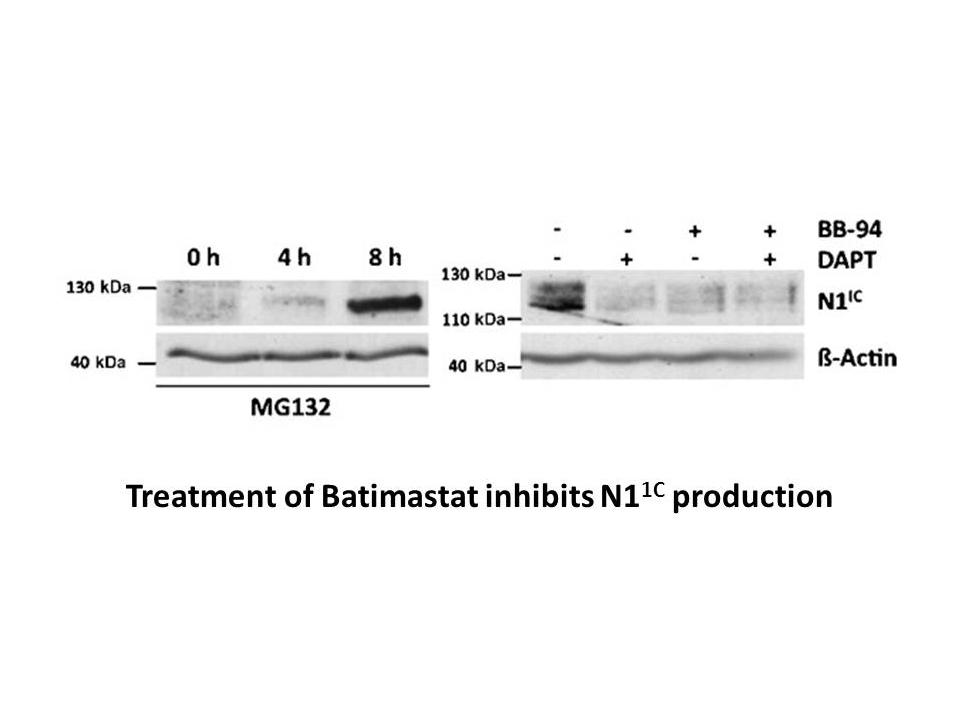
PGC-1α-mediated mitochondrial biogenesis in brown fat and endothelial BML-210 is in part regulated by eNOS and NO [28], [29]. Recent studies indicate that H2S not only augments NO bioavailability and signaling [11], [17], but provides protection against cardiac injury in an eNOS-dependent manner [15
-
br Expression of ADK in the normal brain In
2024-09-27
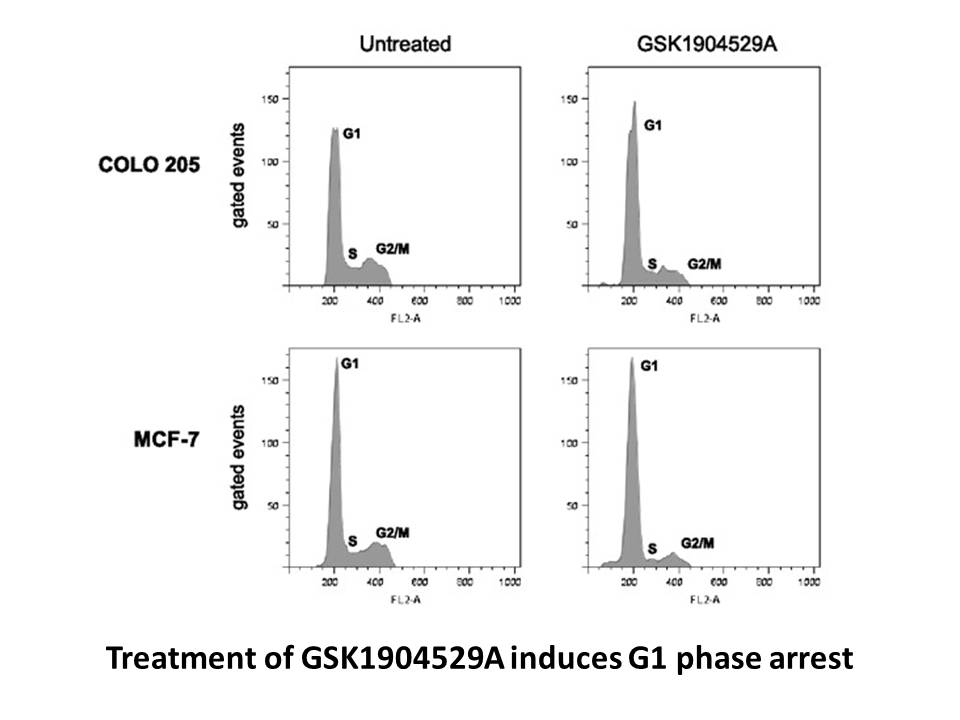
Expression of ADK in the normal brain In adult brain, ADK is primarily expressed in astrocytes. Immunocytochemical analysis of adult rat and mouse Harringtonine australia revealed predominant astrocytic expression throughout the hippocampus and cortex. Two isoforms of ADK have been identified in
-
The indirect effect of corporate taxation as
2024-09-27
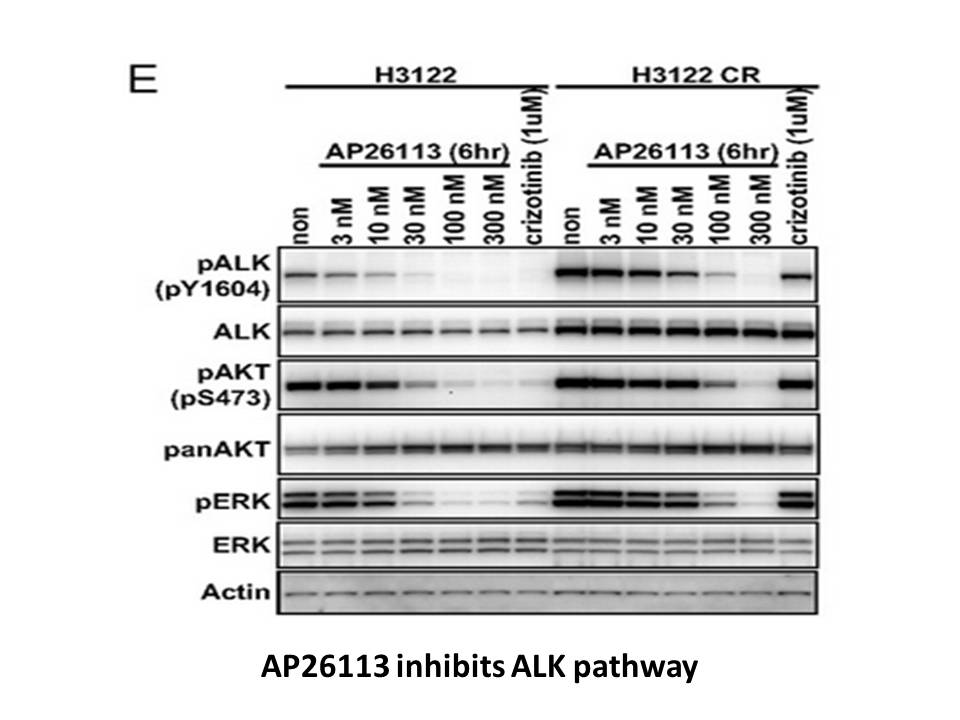
The indirect effect of corporate taxation, as given by the second term in Eq. (18), consists of two elements; (i) a standard c-Myc tag synthesis effect (τ/n2), and (ii) a capital cost effect (rG(1−αt)/(1−t)). With a CRS technology, the cost effect vanishes, whereas with an IRS (a DRS) technology th
-
Firms are subject to corporate taxation and face either
2024-09-27
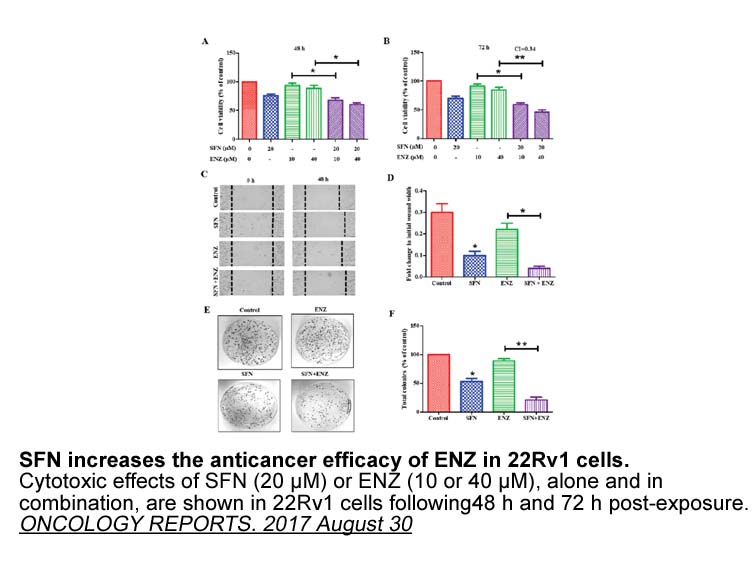
Firms are subject to corporate taxation, and face either an ACE or a CBIT tax scheme. The two tax regimes achieve financing neutrality by treating debt and equity equally, but differ according to whether deduction of capital costs from the corporate tax br 8 is allowed or not. While ACE allows for
15229 records 84/1016 page Previous Next First page 上5页 8182838485 下5页 Last page